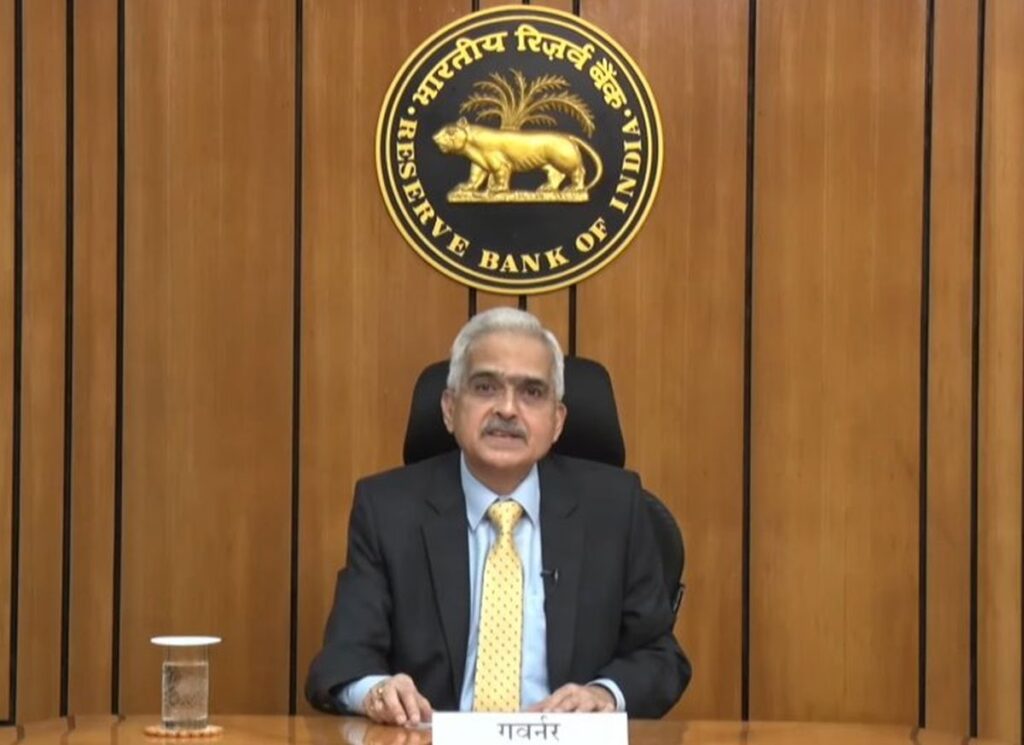RBI Keeps Repo Rate Unchanged at 6.5%: Here’s What It Means for Govt Exam Aspirants
The Reserve Bank of India (RBI) has decided to keep the repo rate unchanged at 6.5%. This was announced by RBI Governor Shaktikanta Das on April 6, 2023. The repo rate is the rate at which the central bank lends money to commercial banks. This decision will have a significant impact on various government exam aspirants, including those preparing for positions in teaching, police, banking, railways, defence, and civil services such as PSCS to IAS.

Why this News is Important:
The RBI’s decision to keep the repo rate unchanged is significant for government exam aspirants because it affects the overall economy and the job market. It is important for students to understand the implications of this decision on various sectors, including banking, financial markets, and inflation.
Impact on Banking:
The RBI’s decision to keep the repo rate unchanged will have a direct impact on the banking sector. Banks borrow from the RBI at the repo rate, and any change in this rate affects their borrowing costs. The decision to keep the rate unchanged will result in stable borrowing costs for banks. This, in turn, will ensure that banks can continue to lend money to businesses and individuals at reasonable rates.
Impact on Financial Markets:
The RBI’s decision will also impact the financial markets. The stock market, in particular, is sensitive to any changes in the repo rate. A stable repo rate will provide a level of certainty to investors and prevent any sudden movements in the stock market.
Impact on Inflation:
The repo rate also plays a crucial role in controlling inflation. A higher repo rate reduces the money supply in the economy and, thus, helps to control inflation. In contrast, a lower repo rate increases the money supply, leading to inflation. By keeping the repo rate unchanged, the RBI has signaled that it is comfortable with the current inflation rate.
Historical Context:
The RBI has been monitoring the economic situation closely due to the ongoing pandemic. In 2020, the central bank had cut the repo rate by 115 basis points to 4%. This was done to provide stimulus to the economy, which had been severely impacted by the pandemic. However, as the economy has started to recover, the RBI has been gradually increasing the repo rate. The current rate of 6.5% is the highest it has been since 2018.
5 Key Takeaways from RBI’s Decision to Keep Repo Rate Unchanged:
Here are the key takeaways that government exam aspirants should keep in mind:
| Serial Number | Key Takeaway |
|---|---|
| 1. | The RBI has decided to keep the repo rate unchanged at 6.5%. |
| 2. | This decision will have a significant impact on the economy. |
| 3. | The decision will result in stable borrowing costs for banks. |
| 4. | A stable repo rate will provide a level of certainty to investors. |
| 5. | The RBI is comfortable with the current inflation rate. |
In conclusion, the RBI’s decision to keep the repo rate unchanged is a positive development for the economy and will have a significant impact on various sectors. It is important for government exam aspirants to understand the implications of this decision and keep track of any future changes in the repo rate.
Important FAQs for Students from this News
Q1. What is the repo rate?
A: The repo rate is the rate at which the central bank lends money to commercial banks.
Q2. Why did the RBI decide to keep the repo rate unchanged?
A: The RBI decided to keep the repo rate unchanged because it believes that the current inflation rate is manageable, and the economy is on track for recovery.
Q3. How will the RBI’s decision to keep the repo rate unchanged affect the banking sector?
A: The decision to keep the repo rate unchanged will result in stable borrowing costs for banks. This, in turn, will ensure that banks can continue to lend money to businesses and individuals at reasonable rates.
Q4. How will the RBI’s decision to keep the repo rate unchanged impact the stock market?
A: A stable repo rate will provide a level of certainty to investors and prevent any sudden movements in the stock market.
Q5. What is the historical context behind the RBI’s decision to keep the repo rate unchanged?
A: The RBI had cut the repo rate significantly in 2020 to provide stimulus to the economy, which had been severely impacted by the pandemic. However, as the economy has started to recover, the RBI has been gradually increasing the repo rate.
Some Important Current Affairs Links


















